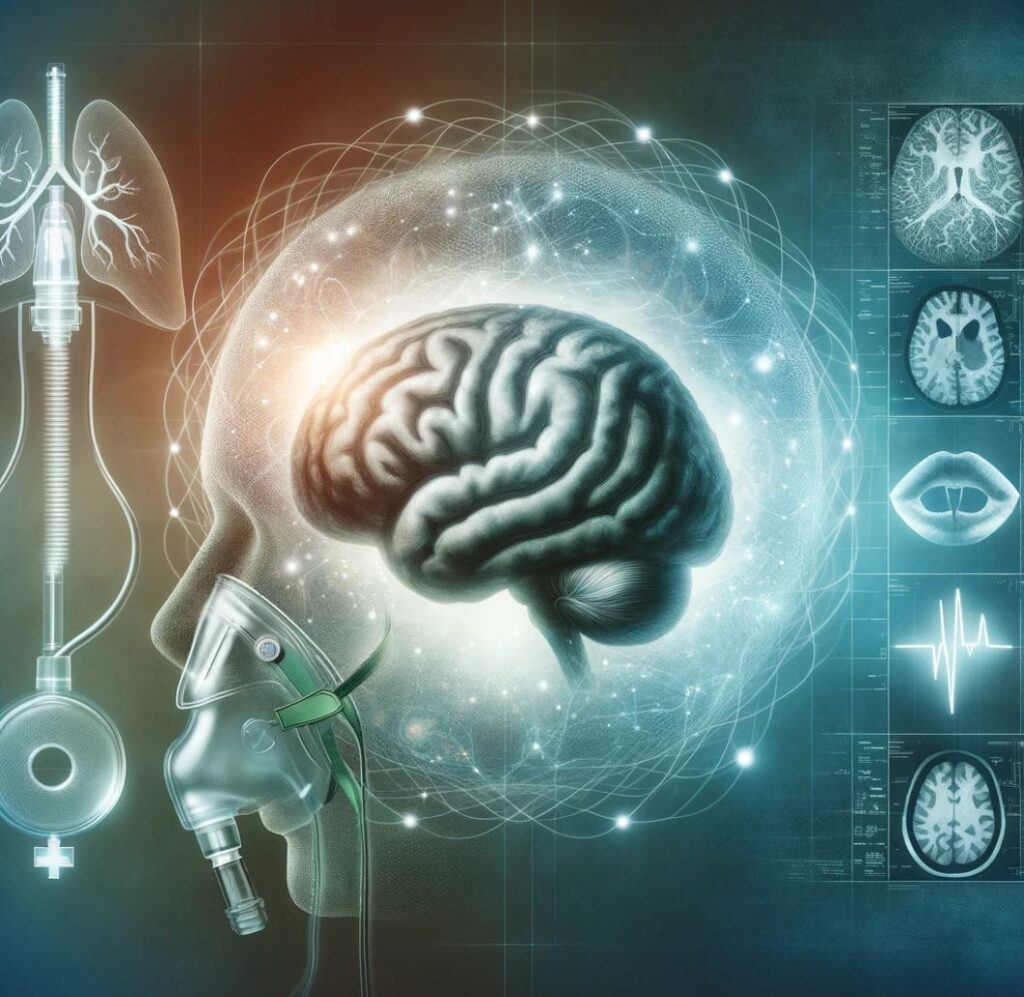Hypoxic brain injury, a serious medical condition, occurs when the brain is deprived of adequate oxygen supply. This can lead to significant cognitive, physical, and psychological challenges. Understanding the causes, symptoms, treatment options, and preventive measures is crucial for both medical professionals and the general public.

Table of Contents
- Understanding Hypoxia
- Causes of Hypoxic Brain Injury
- Symptoms and Diagnosis
- Treatment and Management
- Recovery and Rehabilitation
- Long-term Effects
- Prevention Strategies
- Conclusion
1. Understanding Hypoxia
Hypoxia refers to a state where there is insufficient oxygen in the body’s tissues to maintain normal bodily functions. Specifically, hypoxic brain injury results from reduced oxygen levels in the brain, impairing its ability to function effectively.
2. Causes of Hypoxic Brain Injury
Hypoxic brain injury can arise from various situations, including:
- Cardiac Arrest: Sudden cessation of heart function leading to a lack of blood flow and oxygen to the brain.
- Respiratory Issues: Conditions like asthma, COPD, or sleep apnea that impair breathing.
- Near Drowning: Incidents where breathing is obstructed underwater, leading to oxygen deprivation to the brain. Sadly I’ve seen this outcome a few times during my decades long lifeguarding experience.
- Environmental Factors: High altitudes or carbon monoxide poisoning where oxygen levels are low.
- Medical Complications: Complications during surgical procedures or anesthesia.
3. Symptoms and Diagnosis
The symptoms of hypoxic brain injury can vary widely but may include:
- Cognitive impairments like memory loss or reduced concentration.
- Physical challenges such as weakened muscle coordination.
- Behavioral changes, including irritability or depression.
Diagnosis typically involves neuroimaging tests like MRI or CT scans, along with neurological assessments to evaluate cognitive and motor functions.
4. Treatment and Management
Immediate treatment focuses on restoring oxygen supply to the brain. This may involve:
- Respiratory support with oxygen therapy or mechanical ventilation.
- Medications to support blood flow and reduce potential brain swelling.
- Neuroprotective strategies to minimize brain damage.
5. Recovery and Rehabilitation
Recovery from hypoxic brain injury depends on the severity and duration of oxygen deprivation. Rehabilitation may include:
- Physical therapy for motor skills improvement.
- Speech therapy to address communication challenges.
- Cognitive therapy for memory and concentration issues.
6. Long-term Effects
The long-term effects can range from mild cognitive impairments to severe disabilities. In some cases, individuals may experience:
- Persistent neurological deficits.
- Long-term psychological issues like anxiety or PTSD.
- Dependency on others for daily activities.
7. Prevention Strategies
Preventive measures include:
- Monitoring heart and lung health, especially in high-risk individuals.
- Ensuring safety in high-altitude environments.
- Regular check-ups and effective management of chronic respiratory conditions.
8. Conclusion
Hypoxic brain injury is a complex condition requiring prompt medical attention and comprehensive rehabilitation strategies. Public awareness and preventive measures play a crucial role in reducing the risk and impact of this injury.
Common questions:
Q1: Can I claim compensation for a hypoxic brain injury?
A: Yes, if the injury was due to another party’s negligence, compensation claims are often possible. Contact the Reeves Law Group, we can certainly discuss your case.
Q2: What are common causes of hypoxic brain injuries in legal claims?
A: Common causes include medical malpractice, near-drowning incidents due to inadequate safety measures, and workplace-related accidents.
Q3: How is liability determined in hypoxic brain injury cases?
A: Liability is typically established by proving negligence, such as a breach of duty of care in a medical setting or lack of safety measures in public spaces.
Q4: What types of damages can be claimed?
A: Damages can include medical expenses, lost wages, pain and suffering, and, in severe cases, lifelong care costs.
Q5: How long do I have to file a claim?
A: The statute of limitations varies by jurisdiction, but it usually ranges from one to three years from the date of injury.
Q6: What should I document for my case?
A: Documentation should include medical records, expert testimonies, evidence of lost income, and records of any related expenses.
Q7: How can an attorney help in hypoxic brain injury cases?
A: An attorney can help navigate the legal process, gather necessary evidence, and negotiate with insurance companies for fair compensation.
9. Re-cap
Hypoxic brain injury, especially due to near drowning, requires immediate medical attention and comprehensive rehabilitation. Awareness and preventive measures are vital in minimizing risks. Legal counsel can play a crucial role in seeking justice and compensation for affected individuals. Contact the Reeves Law Group if a loved one has suffered a hypoxic brain injury or other brain injury–we have a tremendous amount of experience as brain injury lawyers.
10. Sources
Lacerte, M., & Mesfin, F. (2020). Hypoxic Brain Injury. Statpearls Publishing. Retrieved from https://www.ncbi.nlm.nih.gov/books/NBK537310/
Learn about Anoxic and Hypoxic Brain Injuries. (2020). Shepherd.org. Retrieved 19 May 2020, from https://www.shepherd.org/patient-programs/brain-injury/about/types-of-brain-injury/anoxic-hypoxic-brain-injury










